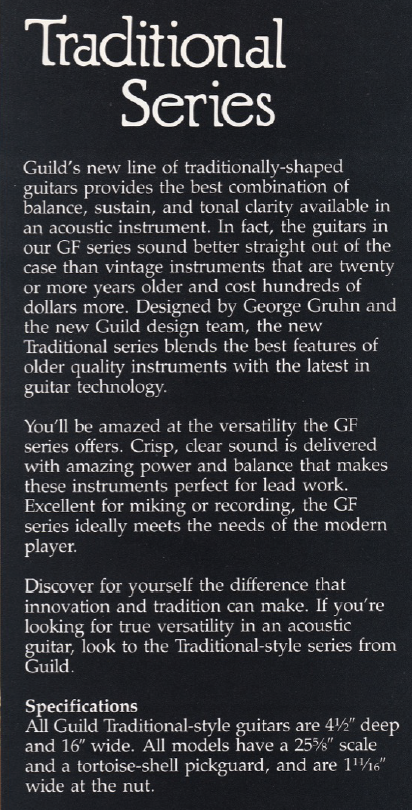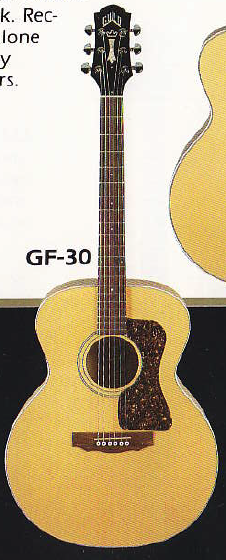philelrod66
Junior Member
- Joined
- Mar 10, 2023
- Messages
- 11
- Reaction score
- 8
- Guild Total
- 2
Somewhere back in the 90s I had enough money to buy any acoustic guitar I wanted. I was playing music for a living at the time and I went to Rhythm City in Atlanta to buy a quality acoustic guitar. I tried many guitars and spent a couple of hours playing. At the time, I had no idea that there was a difference in laminated and solid wood acoustic guitars because it was my first acoustic guitar. Out of all the guitars I tried I ended up buying a Guild GF30...it sounded better than anything else. I paid $695 for the Guild. To me, there was no comparison in the way the guitars sounded. The Guild was far better than anything I played. Since then, I've played the GF30 in every gig I've ever played. I have been reading and watching videos about laminated vs solid backs on acoustic guitars...the day I bought the guild, i played a martin D28 and D18. I also played some custom acoustic guitars that were 3000$ back then. The Guild sounded better back then and I've never found anything that sounds better...It might sound different...but not better.
What I want to know is...Is there a difference in laminated mahogany or maple vs. plywood? What kind of process did Guild use on my GF30? What is the big deal about laminated vs. solid wood back guitars? I've watched video after video and read article after article...am I missing something? Is this another Fender vs. Gibson or Mac vs PC- which is better argument?
Your help is greatly appreciated...Through the years I've tried all the latest and greatest...Taylor, Santa Cruz and many more customs...I've just never found anything better that my Guild...
What I want to know is...Is there a difference in laminated mahogany or maple vs. plywood? What kind of process did Guild use on my GF30? What is the big deal about laminated vs. solid wood back guitars? I've watched video after video and read article after article...am I missing something? Is this another Fender vs. Gibson or Mac vs PC- which is better argument?
Your help is greatly appreciated...Through the years I've tried all the latest and greatest...Taylor, Santa Cruz and many more customs...I've just never found anything better that my Guild...






